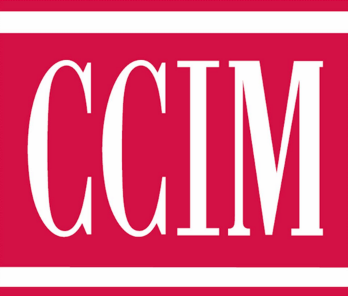Rescuing Distressed Retail Real Estate
by Rich Rosfelder
"The developer bit off more than he could chew," says Henry Englehardt, CCIM, senior vice president with Colliers International in Walnut Creek, Calif., explaining how Rocklin Crossroads, a mixed-use/retail property in Rocklin, Calif., fell into the hands of Umpqua Bank when the market turned. The property comprised one 18,000-square-foot multitenant building, an operating gas station, convenience store, and fast food restaurant, as well as four acres of development land restricted by reciprocal and utility easements.
Umpqua enlisted Englehardt and his team to assist with the property sale. However, "When the bank foreclosed, it wiped out the junior interests, such as gas station, convenience store, and restaurant contracts," Englehardt says. This would give the new owner something to chew on.
But Englehardt's team was ready for the challenge, and Umpqua eventually received nine offers. After a careful evaluation process, the bank decided against selling to the highest bidder. Instead, Englehardt recommended a buyer that already had a relationship with the bank and a proven strategy for success with distressed properties, as well as a verified source of funds.
"The buyer was dialed-in, confident, and collaborative," Englehardt says. "He refranchised the convenience store and gas station, which led to a 2 percentage point capitalization rate compression, and replaced the fast-food contract with a corporate signature."
But finding the right buyer is only one of the key factors in dealing with real estate-owned retail properties. "For REO, there's a need for brokers and owners to be flexible and react quickly — with a sense of urgency," Englehardt explains. "Brokers need to assume a receiver's attitude." He offers the following tips:
- Convince the lender client to buy into the collateral-asset value recovery strategy.
- Know state and federal laws in case bankruptcy or foreclosure is a viable option.
- Stop the bleeding with a property tax appeal.
- Evaluate tenants and preserve the good ones.
- If a shopping center has undeveloped land, sell the pads to recover collateral value as soon as possible.
- Cannibalize the income stream if parts are more valuable than the center as a whole. For example, parcelize and sell a McDonald's ground lease.
- Find out if tenants are interested in buying their underlying real estate or buying out their leases.
These strategies won't go out of fashion anytime soon, according to Englehardt. "I think we will see more retailer failure among both national and regional chains and more independent retailers giving up their space this year, creating a backfill challenge," he says. CCIMs who think like receivers — stressing service asset stabilization and value recovery — can turn this unfortunate situation into a potentially lucrative opportunity.





